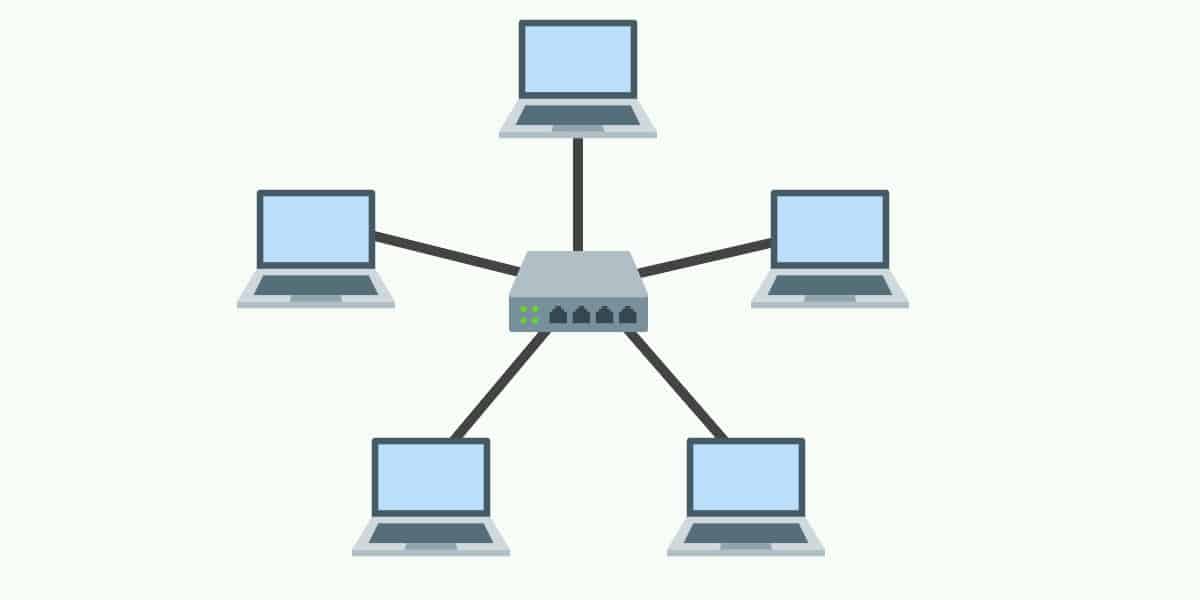Fundamentals of Network
i. Name the device to
which all the computers are connected in the given star topology.

A hub or
switch is used to connect the computers to a server in the given star topology
ii. Mention any ONE advantage of using the bus topology
instead of the star topology.
The advantages of bus topology over start topology are such:
· bus
topology is cheaper than start topology.
· it required less cable length than a start topology.
· it is easy to maintain.
iii. Describe any THREE differences between peer-to-peer
and client/ server network model.
|
PEER-TO-PEER MODEL |
CLIENT-SERVER MODEL |
|
All computers have equal ability |
The server will have control ability over the clients |
|
It does not require a server therefore it is not a centralized network |
It will always have a server hence it is a centralized network |
|
It is not a very secure network |
It is a more secured network architecture |
Comments
Post a Comment